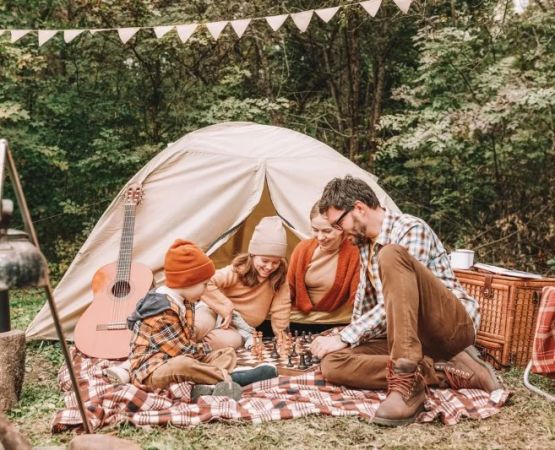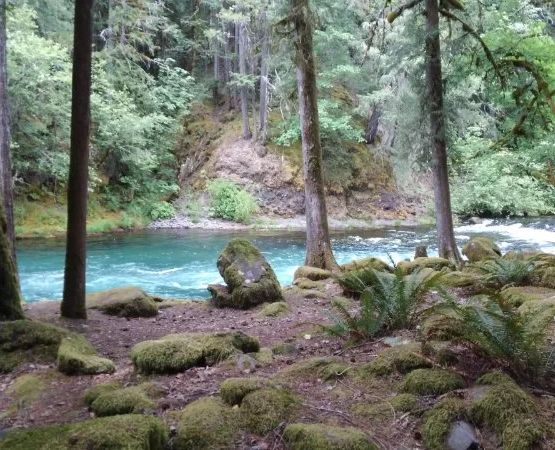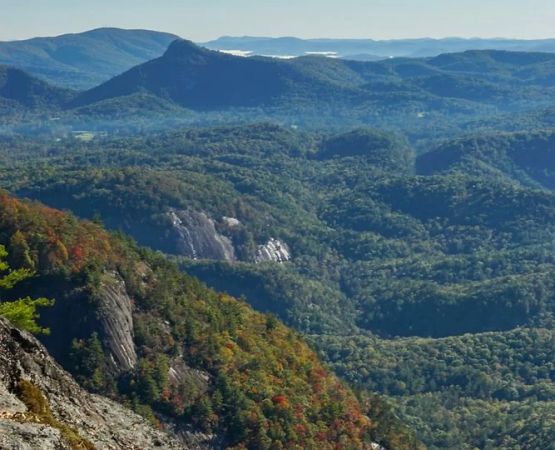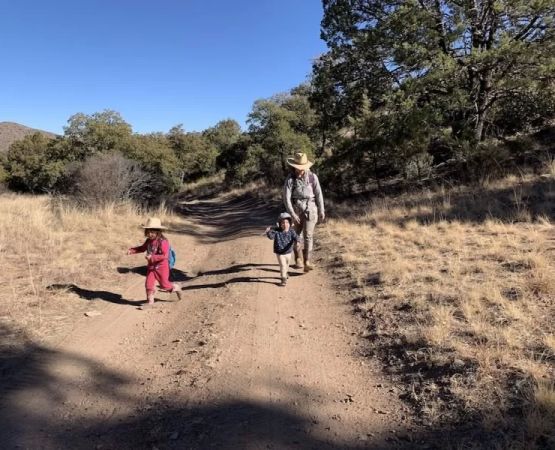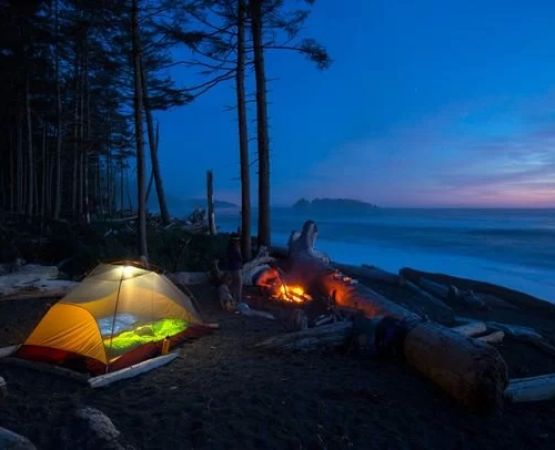- 1 - Why Your Backpacking Cook System Matters
- 2 - Different Types of Backpacking Cook Systems
- 3 - Key Factors to Consider When Choosing a Cook System
- 4 - Real Backpacking Experiences with Cook Systems
- 5 - Maintenance and Safety Tips for Cook Systems
- 6 - Where to Find Quality Backpacking Cook Systems
Why Your Backpacking Cook System Matters
For anyone who spends time in the backcountry, choosing the right backpacking cook system is just as important as picking the right tent or sleeping bag. A reliable cook system not only keeps you fueled but also adds comfort to your outdoor experience. The right setup transforms freeze-dried meals into something warm and satisfying, making long days of hiking more enjoyable. A good cook system is not about luxury—it’s about survival, efficiency, and creating small moments of joy in the wilderness.
Different Types of Backpacking Cook Systems
There are several styles of cook systems designed for different needs. Canister stoves are lightweight, easy to use, and perfect for quick boiling, making them a favorite among ultralight hikers. Liquid fuel stoves, while heavier, perform well in extreme cold and at higher altitudes. Integrated systems combine stove and cookware for maximum efficiency, ideal for solo travelers who prioritize speed. Some backpackers still prefer traditional wood-burning stoves for a more rustic and sustainable experience. Each system has strengths and weaknesses, so knowing your travel style is key.
Key Factors to Consider When Choosing a Cook System
When choosing the right backpacking cook system, several factors come into play. Weight and packability are essential for long-distance hikers, while families or group campers might prioritize larger capacity and stability. Fuel availability is another important factor—canister fuel might not be accessible in remote areas, while liquid fuel is easier to source worldwide. Efficiency, simmer control, and wind resistance also determine how enjoyable your cooking experience will be. Ultimately, the “best” system balances your personal preferences with the environment you’ll be exploring.
Real Backpacking Experiences with Cook Systems
Many backpackers recall vivid stories tied to their cook systems. One hiker shared how an integrated canister stove saved precious time during a stormy evening in the Rockies, delivering a hot meal in minutes. Another camper described how a liquid fuel stove kept working reliably during a winter trip in the Cascades, where canister stoves often failed. These experiences highlight how the right cooking gear can make the difference between a miserable night and a memorable adventure. Gear is more than equipment—it becomes part of the story you take home.
Maintenance and Safety Tips for Cook Systems
A well-maintained cook system can last for years. Always clean pots and pans after use to avoid buildup, and check fuel lines or canisters for leaks. Store stoves in protective cases to prevent damage while in transit. Safety is also crucial—always use your stove on a stable surface and never cook inside a tent. Carrying a small repair kit can save a trip if something breaks. A little preparation ensures that your cook system works when you need it most, whether it’s a quick morning coffee or a full dinner.
Where to Find Quality Backpacking Cook Systems
With so many options available, finding dependable outdoor cooking gear can feel overwhelming. At Pine Cliff Resort, you’ll find a curated selection of stoves, cookware, and accessories designed to match different styles of camping and backpacking. Whether you need a compact ultralight setup for solo treks or a durable system for family adventures, having access to high-quality gear ensures that your meals outdoors are both efficient and enjoyable. Investing in the right cook system turns eating in the wilderness into an experience worth savoring.

